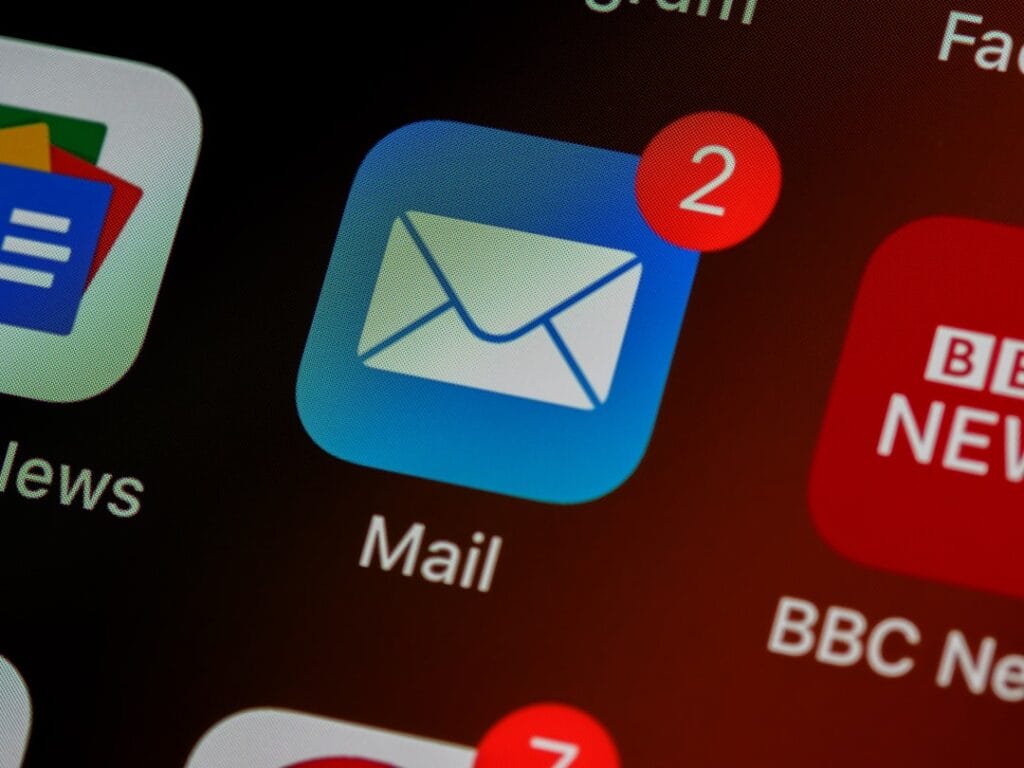
The Cross Canal / Omnicanal approach in digital marketing , companies had to develop new tools in the face of the multiplication of distribution channels (SMS, social networks, e-mail, etc.) as well as in the face of their use by prospects. Many studies have confirmed that a Cross Canal client generates more expenses than a single channel customer. As a result, companies use an innovative strategy.
The Cross Canal strategy turns out to be the most effective technique to respond to this evolution in prospects . The acquisition of leads and digital communication are fundamental issues in commercial prospecting ; All effective means to develop the business turnover are essential.

How does the cross channel / omnichannel work?
Cross channel concept
The concept of Cross Canal / Omnicanal is simple , the concept Cross Canal defines the marketing method which aims to improve the customer experience by using all the physical or digital channels used, in a synergical way.
Unlike the multi -channel strategy which consists in developing new points of sale contact, the cross canal extends further by merging the use of all channels. In other words, the cross canal is used to further meet the needs of prospects by adapting to their behavior and offering them additional and complementary services.
For example, in the e-commerce sector , the cross-channel strategy is manifested by “click-and-collect”. This technique is based on the combination of two (or sometimes three) channels: the web (digital) and the store (physical). The customer learns about the product in a paper catalog, places his order on the company's e-commerce site and collects it from the store.
Implementation of the Cross Canal / Omnicanal Marketing strategy
The first step to take is to know the needs and habits of your target. To do this, you can map your targets' journeys and interactions with your business, that is, the channels through which they used to interact with your services and products.
To have access to all this information, you can collect their opinions or analyze an entire information system. Distribute questionnaires to your customers, encouraging them to express themselves on their customer journeys as well as their suggestions for improvement which they think are priorities.
Case of B2B companies: how to integrate cross channel / omnichannel?
For B2B companies, some of them do not have an e-commerce site. As a result, the Cross Canal strategy is more about the Inbound Marketing strategy, aimed at fluidifying your funnel. In Digital B2B marketing, in order to attract leads , B2B companies can use a mobile application highlighting exclusive content.
The application would be placed on social networks and various blogs. Companies can proceed by publications inviting targets to benefit from new podcasts or interesting video tutorials. The objective would be to allow prospects to easily contact the company via the application.
Also, the combination of Outbond and Inbound marketing would be appropriate. For example, during a trade fair, a company could distribute interactive brochures containing a QR code (referring to the company's website or to the link of the previous application) while asking visitors to fill out a form for the receipt of newsletters.
The advantages of the cross-channel strategy – Omnichannel
Significantly improved customer experience
The consideration of the customer journey is essential for the optimization of your commercial prospecting . When a prospect sees your offers on a channel, this link should not break when it goes to another channel. This is where the Cross Canal strategy was involved.
Throughout the sales funnel, the cross channel makes it possible to optimize the decision-making process for your targets and thus accelerate the purchasing process by offering a certain fluidity in the customer journey. Remember that the customer journey encompasses different channels, namely:
- A website: to consult products and services;
- The store: collection of ordered products;
- Email: to contact the company;
- Social networks: possibly to submit their opinions.
Also, customer support is more privileged with cross channel, on all types of channels they use.
Acquisition of customers via the concept of cross channel / omnichannel interaction
When the company offers more interaction channels, it is undeniable that visibility increases and, thus the entrance doors multiply more prospects and therefore more trade and potential customers . Also, prospecting in the new channels is likely to also cause the interest of new prospects.
Increased notoriety and improvement of the company's image
The improved customer experience will inevitably lead to the satisfaction of prospects who will become customers. This will likely have a positive impact on the company, particularly on the brand's image and reputation.
Indeed, the richer the information available to prospects with a smoother purchasing journey, the more the targets will have a positive opinion of the company. Thus, the chances of concluding a sale with them will be maximum. In addition, the cross channel makes it possible to further expand the prospecting market and also to build customer loyalty. A satisfied customer will share their experience and will only benefit your business.
The Cross Canal strategy is a better lever in the marketing strategy, whether for B2B or B2C communication. Its vocation is to create a complementarity between the different channels used by prospects . It is also an essential element in inbound marketing. This is justified by the many advantages that this prospecting strategy . If we refer to the development of prospects technology and behavior, cross channel is essential for the development of a business, accompanied by a direct marketing campaign .
Cross-channel / omnichannel approach: a lever for marketing strategy
Expert references and credible Cross Canal / Omnicanal studies
Recent studies :
an MCKINSEY study (2023) reveals that companies adopting a coherent omnichannel strategy see their customer retention rate increase by 23% (McKinsey & Company).
According to Harvard Business Review, 73% of consumers use several channels during their purchasing journey (HBR).
Recognized experts in Cross Canal / Omnicanal:
Philip Kotler, father of modern marketing, underlines: "Omnichannel is no longer an option but a necessity to remain competitive" ( Kotler Marketing Group ).
Brian Solis, analyst at Altimeter, specifies: "True omnicality creates a transparent customer experience between physics and digital" ( words collected by Forbes ).
Detailed testimonies
Testimony 1 :
"Our implementation of a cross -channel / omnicanal strategy boosted our online sales of 40% in 6 months" - Marc L., Marketing Director at Décathlon (Interview RetailTech News).
Testimony 2 :
"Thanks to the integration of our CRM with our physical points of sale, we have reduced basket abandonment by 35%" - Sophie T., CX manager at Fnac (CRM Magazine testimony).
In -depth case studies of the Cross Canal / Omnichannel
Sephora case :
The “Beauty Insider” program combines mobile app, website and physical stores for a unified customer experience, generating 80% of their income (Business Insider case study).
Starbucks case :
their mobile application integrating order, payment and loyalty represents 25% of their US transactions (Starbucks 2023 annual report).
Cross canal / omnichannel user experiences
Experience 1 :
"I was able to start a mobile purchase and finalize it in store without re -entering my information" - Julie D., Ikea client ( Trustpilot ).
Experience 2 :
"Customer service immediately admitted to me that I contact them by chat, email or telephone" - Thomas P., Orange customer ( forum 60 million consumers ).
Strategic segmentation
| Kind | Application | Example |
|---|---|---|
| Behavioral | Personalization based on purchasing history | Amazon Recommendations |
| Geographical | Promotions adapted to local stores | Carrefour Drive |
| Technical | Experience adapted to devices used | Apple Store |
| TPE/SME | Light and integrated solutions | Shopify POS |
| Eti | Complete Enterprise platforms | Salesforce Commerce Cloud |
Questions / answers on the Cross Canal / Omnicanal
How to measure the effectiveness of an omnichannel strategy?
The multi-channel interaction rate and the Customer Lifetime Value are the best indicators according to a Gartner (Gartner Marketing Metrics) study.
What tools for a successful implementation?
Platforms like Adobe Experience Cloud or SAP Customer Data Platform offer the necessary features (comparison CIO Magazine).
How to manage coherence between canals?
A team dedicated to the customer journey and strict guidelines are essential, such as Disney ( Disney Institute Case Study ).
What budget to provide?
Between 50K €/year for an SME and 500K €+ for large groups according to Forrester ( Forrester Omnichannel Budget Report ).
How to train your teams?
Programs like those of the Institute of Commerce offer certifying training (Institute of Commerce).
What kpi to follow in priority?
The cross-channel conversion rate and unified customer satisfaction (Deloitte study ( Deloitte Digital ).
Should we favor certain channels?
The analysis of customer journeys must guide this decision (MIT Sloan Management Review ( MIT SMR ).
How to integrate physique and digital?
Technologies such as QR store codes or scan apps create effective bridges (example of Best Buy ( Best Buy Innovation ).
What pitfalls avoid?
Silos between services and the inconsistency of messages are the main risks (Harvard Business Review ( HBR Omnichannel Risks ).
What emerging trends?
The augmented metavers and reality create new cross-channel opportunities (Accenture Report ( Accenture Tech Trends ).




